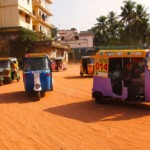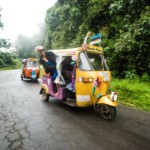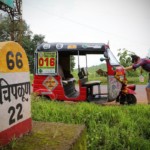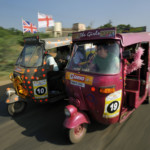December is Chennai’s month of music, where musicians (and fans!) come from all across India (and beyond!) for the “Madras Music Season”.
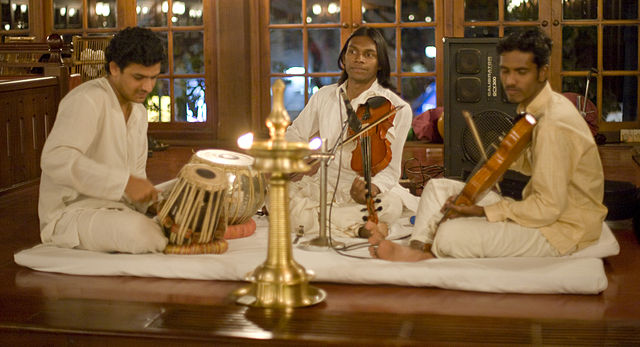
Music is one of the unique treasures of India, with a style and culture unlike anywhere else of earth. For those who want a taste of Indian classic music, Chennai’s month of music provides a banquet of high quality performances. Known as the Madras Music Season, and taking place from December to January, the festival draws performers and music lovers from across the country, and the Indian diaspora worldwide. With over one-and-a-half thousand recitals over more than month, it is said to be the largest music festival anywhere on earth!
(Above photo by Charles Haynes.)
The History of the Festival
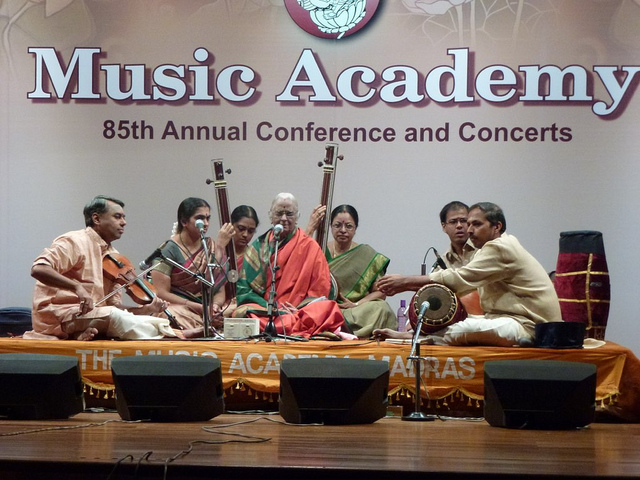
The festival first took place in 1927, celebrating not only music but religious devotion too. After initially being held in March, it soon moved to December, the Tamil month of Margazhi, which is particularly holy for Hindus. This scheduling also helped emphasize the importance of Indian traditions as opposed to the British seasonal celebrations of Christmas and New Year; at a time of burgeoning support for Independence, this was a powerful statement. The festival celebrated the proud history and majesty of Indian cultural traditions, in direct contrast to the supposedly superior British culture which had been imposed upon the locals by imperialism. Thus the festival began as not merely a celebration of music, but as a political act. As well as music, the festival has always included lectures, debates and storytelling performances, emphasizing the link between music, religion, and culture. In its long history the festival has grown to include dance, drama and other non-Carnatic art forms. While afternoon events are usually ticketed and often sold out, concerts in the mornings and evenings are free, so everyone can experience the music!
What is Carnatic Music?
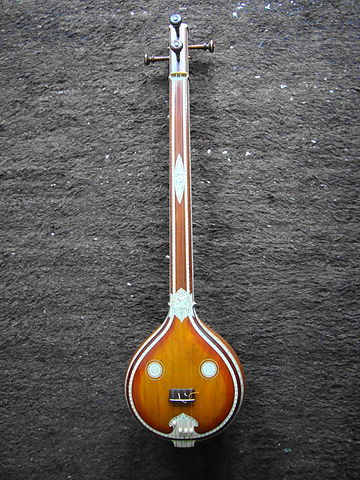
Carnatic music is a traditional style of music found in the Southern states of India, based not only on instrumental prowess but on devotion to the Gods. It is highly focused on singing, and usually performed by small ensembles. The tradition developed over hundreds of years, largely dependent on learned compositions mixed with improvisation. The secrets of the tradition are closely guarded, and Chennai’s month of music is regarded as the best way to experience the true genius of the musical style. A standard performance will include a singer leading, with melodic accompaniment in the form of violin, a rhythmic accompaniment, and a tambura (pictured above), which acts as a drone. The ubiquity of drones is part of what makes Indian music unique; across world music this is a rare phenomenon, only notably found elsewhere in Scottish bagpipes and Georgian polyphonic singing styles. Performances at the festival are held in venues known as “sabhas”, which represent small organisations existing to celebrate and promote Carnatic Music; hundreds of these can be found all across Chennai.
Cyclones & Controversy
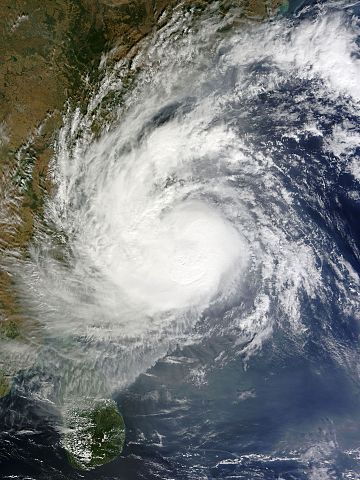
Chennai’s month of music this year has had a problematic start, thanks to the severe weather recently suffered in the city. Cyclone Vardah meant that most of the promised concerts of December 12th had to be cancelled, just as the concert season was getting into full swing. Hopefully the rest of the month will prove to be calmer. However, that’s not the only problem: critics claim that despite the festival’s proud traditions it has become elitist, and now represents the exclusive musical environment that it initially set out to rebel against. However, with many people from all over India attending, it’s popularity can’t be questioned; and the best way to judge is to visit yourself!
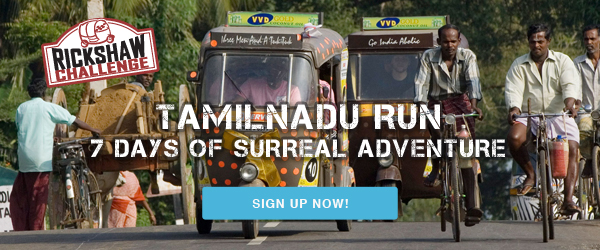
If Chennai’s month of music tempts you, it’ll still be on when the next rickshaw challenge, the Classic Run, kicks off on December 28th. Travelling almost 1000km South to Trivandrum, it’s sure to be an exciting journey through the incredible South Indian countryside. You’ll see places most tourists never do, while travelling in the most authentic way possible. With stops along the way showcasing the complex history and vivid beauty of the region, it promises to be 10 days of adventure, discovery, and an awful lot of fun…


